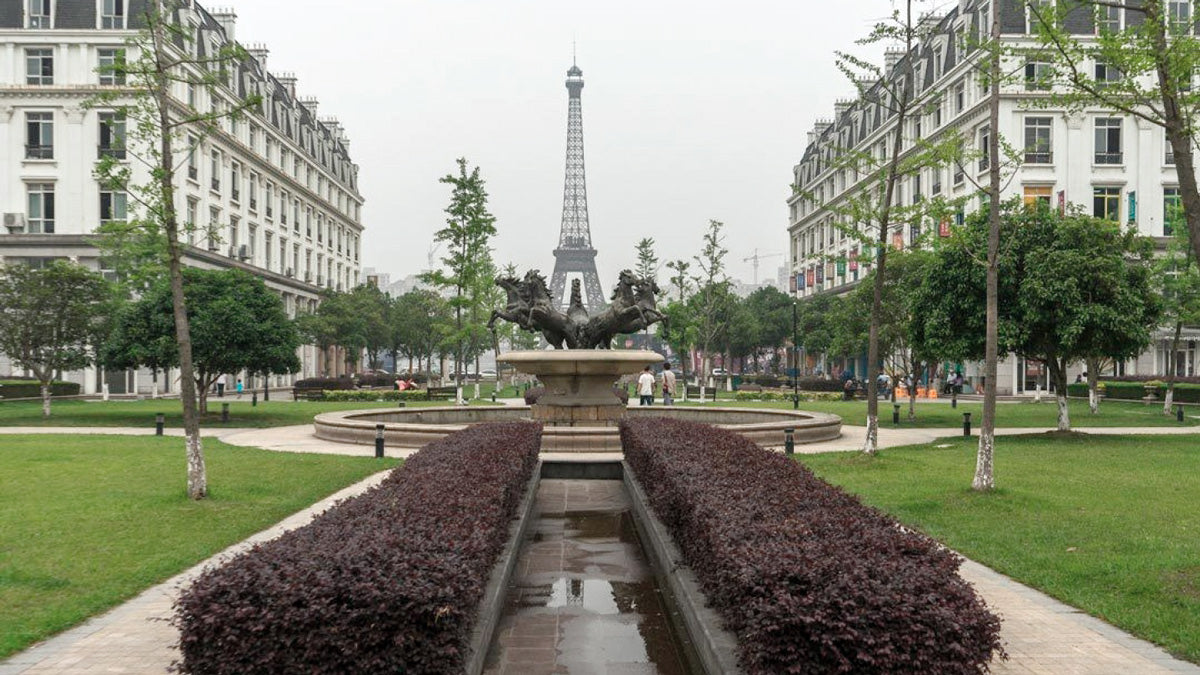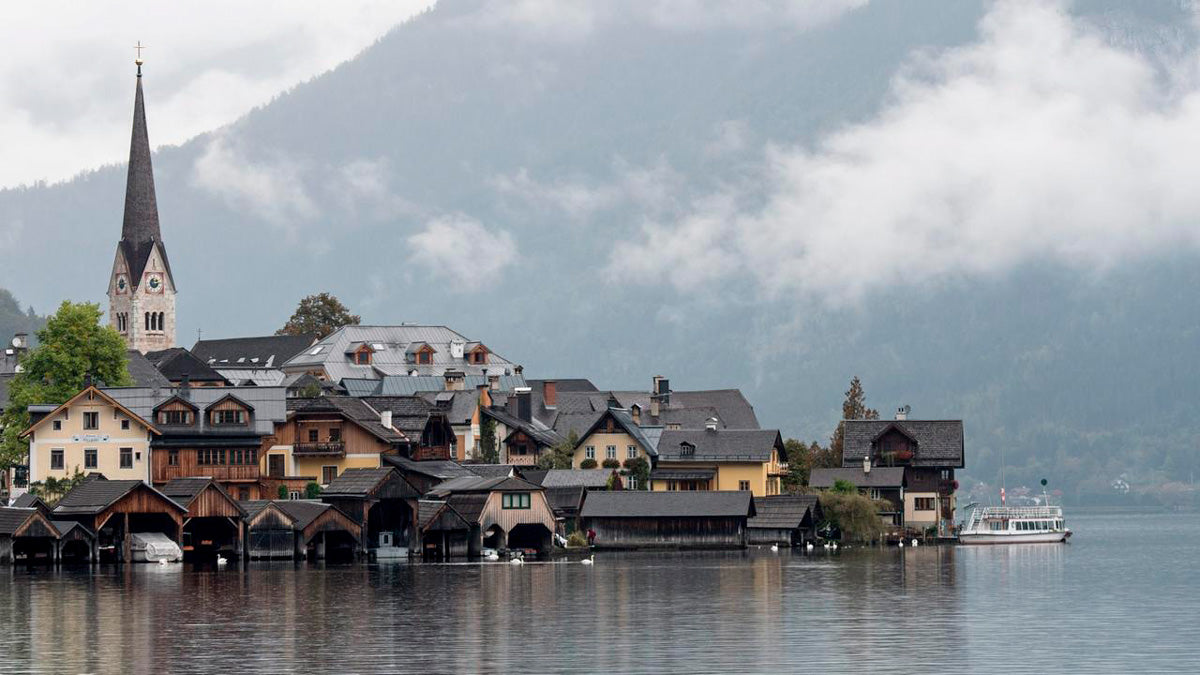Imitating architectural classics is a common practice, whether taking some elements or whole buildings. Sociologists and historians classified this phenomenon as a characteristic of post-modern culture; however, the number of urban replicas has multiplied in recent years.
The term “hyperreality” was coined in the 20th century to define reality imitations, with the purpose of creating something better. Sociologists, philosophers, and architects explored the topic across the United States while observing the increasing number of replicas made of iconic sites. A city like Las Vegas stood out for the creation of scaled-down versions of the Eiffel Tower, the Venetian canals, and the pyramids of Giza. Jean Baudrillard explained hyperreality as a drill that results in copies that pretend to be reality. The popular consumption of these spaces as tourist attractions and more recently, as real estate options, was explained as the search for entertainment over authenticity.
For Umberto Eco, in his book Travels in Hyperreality (1975), the feeling of substituting reality for a drill found its greatest expression in Disneyland. The stress he puts in this was caused by the “Animal Kingdom” exhibition and its ability to create a reality that was more captivating than its counterpart.
It is a place where animals do not need to be persuaded, (…) Disneyland shows us that technology can offer more reality than nature. -Umberto Eco
Hyperreality solved the urban problem some new cities had, like the lack of cultural sites or places of interest, by commissioning and imitating. This was the case of Las Vegas; through the set of cultural symbols exhibited along The Strip, it became an urban theme park. Currently, the making of drill cities has become a practice in China, where replicas of full European villages can be found.
In hyperreality, the land no longer precedes the map, it is the map that produces the territory. -Jean Baudrillard.
Tianducheng, China
This housing complex in the Zhejiang province is a scaled-down replica of the city of Paris. It has several dummies of France’s characteristic monuments, such as the Eiffel Tower, the Versailles Fountain, and a central street similar to Champs Elysees. It was built in 2007 with the purpose of offering shelter to 10,000 inhabitants, and even though it took one decade for it to be fully populated, currently almost 30,000 people live there.

Hallstatt, China
It is a copy of the village bearing the same name in Austria, located in the Luoyang province. In addition to creating a reproduction which is very close to the architectural style of the European city, the developers copied the iconic central church. Despite the concerns related to authenticity issues, the government of Austria stated that this is an opportunity to attract tourism to the original village.
Thames Town, China
Thames Town is a suburb in the Songjiang district in China. Built in 2006, it takes its style from British architecture, placing in a cinematographic way the iconic red phone booths, cobbled streets, and a neo-gothic church that looks exactly like the Church of Christ in Clifton Bristol. Even though the popularity of the place as tourist site was high, it is considered a ghost town due to its low population rate.


